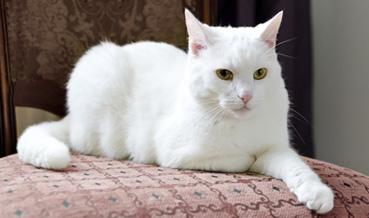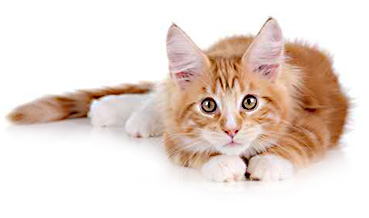
You might find yourself glued to cat videos on YouTube. Or it could be the latest dog meme circulating Facebook that brightens your day. As humans, we are often endlessly fascinated by the way in which these animals infiltrate our hearts and explore our world. Beyond this, their basic biology and abilities continue to astound.

A common misconception is that dogs see the world in black, white and shades of grey. Like most mammals, they in fact have two types of colour receptors (commonly referred to as ‘cones’). Most humans are born with three types of cones, allowing them to perceive a wider range of colours.


They may not be able to perceive colour as we do, but what dogs and cats lack in the photoreceptors known as cones, they make up for in the photoreceptors responsible for peripheral and night vision, otherwise known as rods. In the case of humans, four out five of light-sensitive cells in our retina are rods. In cats, twenty-five out of twenty-six of these light-sensitive cells are rods. In addition, cats and dogs have a reflective layer underneath the retina called the tapetum. The tapetum helps to intensify their vision in dim light. The ‘mirror’ effect of the tapetum can often be seen in the shining eyes of an animal at night when confronted with a light source like headlights.
Your pet may not be able to appreciate a Monet the way that you do. Their biology has been defined by an entirely different set of criteria. Yes, they may purr on your lap peacefully while you watch television, or crawl under the covers with you, the perfect picture of domesticity. And yet, beneath this cuddly and affectionate exterior, nature has well-equipped their sense of sight to be the predators they once were. So the next time you appreciate the beauty of a setting sun, remember that for our cats and dogs it may be something else entirely. To them, it just may be the call of the wild.
Date Published: 07 August 2015